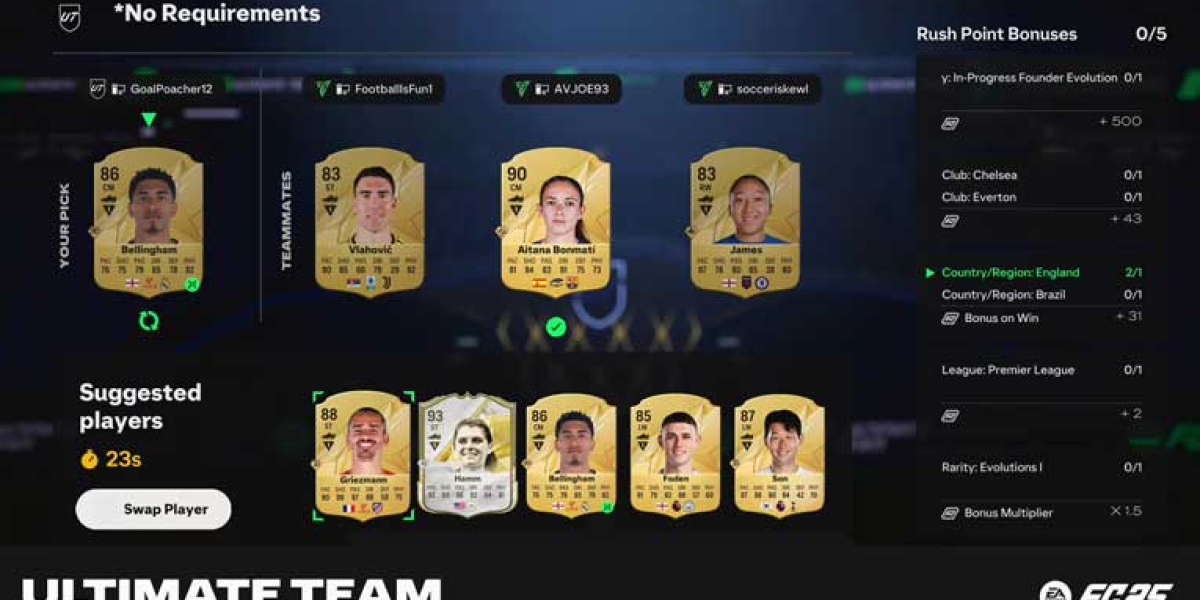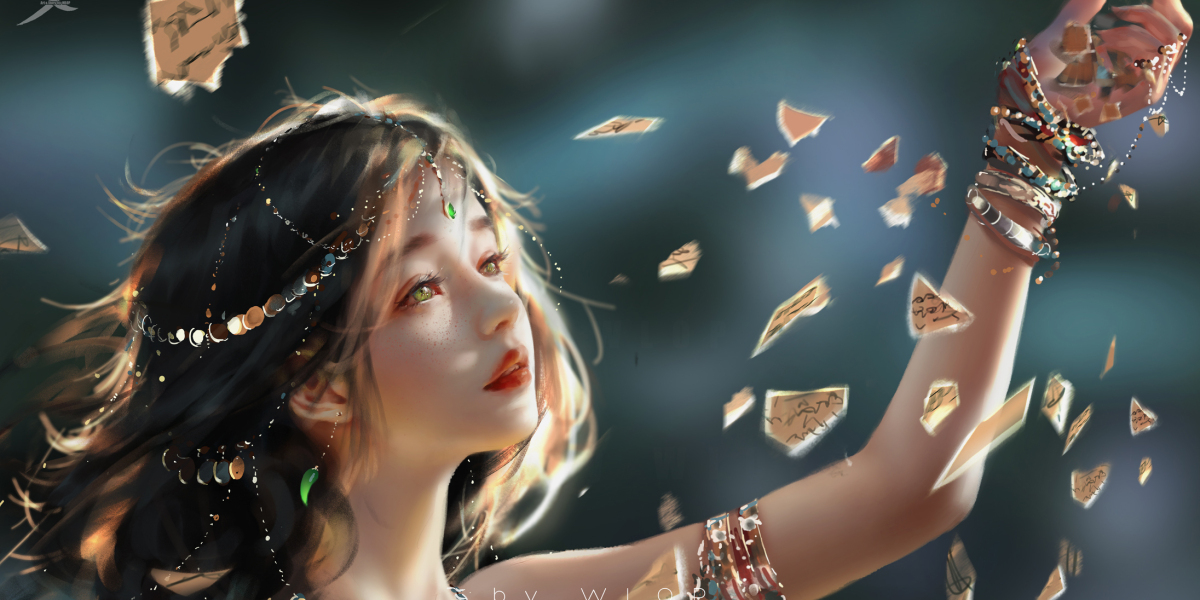In the ever-changing world of streetwear, few brands have managed to carve out an identity as distinctive and authentic as Trapstar. Emerging from the streets of West London, Trapstar has become a cultural phenomenon, blending music, fashion, and street culture into a single powerful movement. What began as an underground label has now grown into a global brand recognized for its edgy designs, rebellious energy, and connection to the UK grime and hip-hop scenes. This article explores the rise, style, and influence of Trapstar, a brand that has redefined what it means to be streetwear royalty.
The Origins of Trapstar
Trapstar was founded in the early 2000s by three friends — Mikey, Lee, and Will — who shared a love for fashion, music, and creativity. The name “Trapstar” reflects a powerful duality: the “trap” represents the hustle and street mentality, while “star” symbolizes aspiration, success, and ambition. This contrast perfectly captures the essence of the brand — raw, real, and rooted in the streets, yet visionary and forward-looking.
The brand started humbly. In its early days, the founders would print designs on t-shirts in their living rooms and sell them by hand or through word-of-mouth. This underground approach gave Trapstar a sense of exclusivity and mystery. Their slogan, “It’s a secret,” became iconic — reflecting not only the brand’s elusive nature but also the tight-knit community that surrounded it.
Trapstar’s Rise to Fame
What truly set Trapstar apart was its authenticity. Unlike many mainstream fashion brands, Trapstar wasn’t trying to follow trends — it was the trend. Its founders understood the pulse of the youth, especially those growing up in the gritty yet vibrant neighborhoods of London. Their designs were bold, unapologetic, and deeply connected to street culture.
As the UK grime and hip-hop scenes began to gain global recognition, artists like Skepta, Stormzy, and Dizzee Rascal started wearing Trapstar. The brand quickly became a badge of identity for those who lived and breathed the underground music scene. When global stars like Rihanna, A$AP Rocky, and The Weeknd began rocking Trapstar pieces, the brand’s influence spread beyond the UK, establishing it as a global streetwear force.
In 2016, Trapstar took a major leap by partnering with Roc Nation, Jay-Z’s entertainment company. This collaboration opened new doors and introduced Trapstar to the American market. It also confirmed what fans already knew — Trapstar wasn’t just a local streetwear label; it was an international brand representing a new wave of urban fashion.
The Design Philosophy
At the heart of Trapstar is a unique design philosophy that blends rebellion with refinement. The brand’s collections often feature dark tones, bold typography, and striking graphics. Common motifs include inverted logos, camouflage patterns, and gothic-inspired fonts — all of which emphasize the brand’s raw and powerful aesthetic.
Each Trapstar piece tells a story. From their signature jackets to graphic tees and tracksuits, every design reflects themes of struggle, ambition, and triumph. The clothes are more than just fashion; they’re a statement of identity. Wearing Trapstar is about embracing individuality and showing pride in one’s roots.
One of the most recognizable items from the brand is the Trapstar tracksuit — a symbol of street luxury. Its sleek design, comfort, and attention to detail have made it a staple among celebrities and everyday fans alike. Whether it’s the embroidered “T” logo or the phrase “It’s a secret” hidden in the tag, every Trapstar garment carries a sense of mystery and purpose.
The Trapstar Lifestyle
Beyond fashion, Trapstar represents a lifestyle — one built around ambition, creativity, and hustle. The brand’s founders have always emphasized that Trapstar isn’t just about clothing; it’s about empowering people from all walks of life to chase their dreams. This message resonates strongly with young people, especially those from underrepresented communities who see in Trapstar a reflection of their own stories.
Music has always been at the core of Trapstar’s identity. The brand’s close connection to grime, drill, and hip-hop gives it authenticity and cultural relevance. Many of its campaigns feature collaborations with artists, DJs, and influencers who embody the Trapstar spirit. This relationship between music and fashion has helped the brand remain relevant and continuously evolve with the times.
Global Impact and Future Vision
Today, Trapstar stands as one of the UK’s most influential streetwear brands, alongside names like Palace and Corteiz. Its presence has grown far beyond London, with fans and customers across Europe, America, and Asia. The brand’s collaborations with major fashion houses and artists continue to push boundaries, proving that Trapstar’s influence is only growing stronger.
What keeps Trapstar at the forefront of fashion is its commitment to authenticity. Despite its global reach, the brand has never lost touch with its roots. It still celebrates the street culture that birthed it, and it continues to design for the people who inspired it from the beginning.
As Trapstar moves into the future, it aims to expand into new markets, release more innovative collections, and deepen its cultural impact. Whether through limited drops, music collaborations, or artistic projects, the brand remains true to its core — a blend of rebellion, creativity, and aspiration.
Conclusion
Trapstar is more than just a clothing brand — it’s a symbol of transformation, representing how far street culture has come. From selling t-shirts in West London to collaborating with Roc Nation and dressing global icons, Trapstar’s journey is a testament to the power of vision, authenticity, and community. Its bold designs and fearless attitude continue to inspire a generation that refuses to conform.
In a world where fashion often feels repetitive, Trapstar stands out by staying true to itself. It’s not just about what you wear — it’s about what you represent. And for Trapstar, that representation will always be rooted in the streets, where dreams and hustle collide to create something extraordinary.








